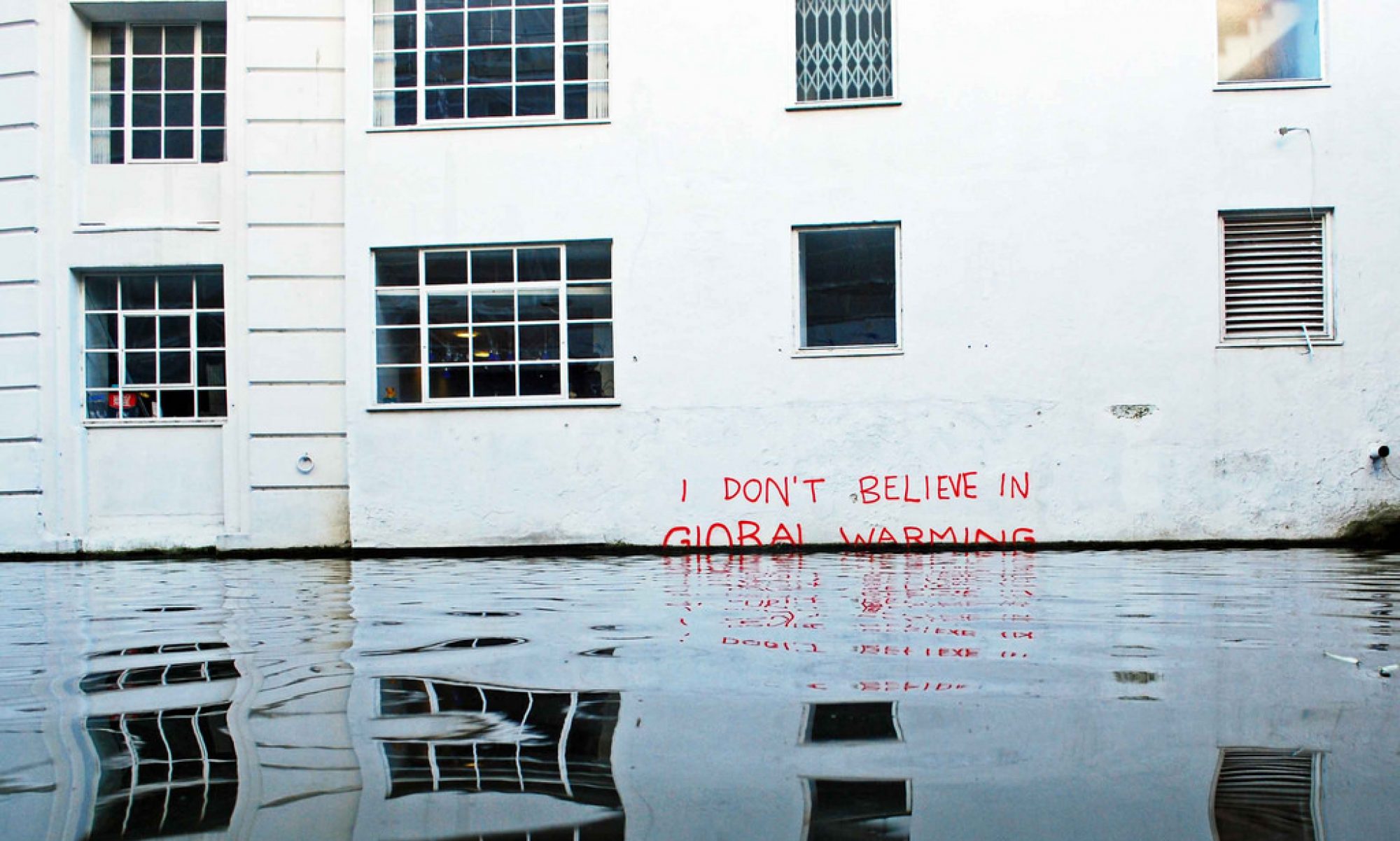Jan Gehl is a Danish architect who researched the way in which people interact with cities. His exploration was encompassed by the discovery that cities are built to accommodate cars, but should in fact be built to accommodate more sustainable modes of transportation as well as accommodate the people who inhabit them. He looks into the changes that need to be made in architecture and infrastructure to evoke behavioural changes in the residents.
The way I see Gehl’s prophecy tie into sustainability marketing is that one can imagine cities to be a giant shop, in which there are many little shops, similar to one giant Nordstrom. Shops, apartments, transportation, recreation and resources are all the premise of consumerist culture. If we could change the layouts and intentions of our cities to accommodate sustainable practices such as bikes, walking, trains, outdoor seating and activities we could combine comfort with sustainability. What I mean by this, is that if we only have walking or biking as our means of transportation, every single person would adopt this change. If there is no alternative, people will be content with the norm of transportation. This is similar to Amsterdam, where the roads are narrow and bike paths are large causing people to completely change their behaviour and never even contemplate the idea of using a car in their cities, but rather see their bikes as an extension of themselves.
What this is essentially doing, is creating sustainable people, rather than people who sometimes engage in sustainable practices. Looking back at my analogy in which cities are essentially big shops, is if we have this lifestyle change that Gehl is promoting, people’s consumption patterns and living patterns will also become more sustainable for lack of other alternatives.
If sustainable people are the standard in a city, businesses, shops, restaurants will all be forced to adapt to this change and engage in a healthier and more environmentally friendly lifestyle. I see this as a way to redefine living space which will ultimately redefine lifestyles. While ‘forcing people to change’ seems like a harsh and strong way to phrase the idea that Gehl is exploring, the biggest part to people’s behavioural change is to influence them with no other alternative.
We need to market a more sustainable lifestyle, and what better way to start than within the inherent existence of people, their homes and their families.
http://gehlpeople.com/story/

What are your thoughts on restructuring communities to shift towards having smaller homes or tiny homes, rather than a massive space for a small family?
I haven’t read much about this as of right now, however I believe this comes down to consumers behaviour. It’s all well and good saying that tiny homes are much more sustainable, however it’s not realistic seeing families pack themselves into small spaces. We need to look into technologies such as geoexchange in creating sustainable living spaces. I do believe I read before that apartment buildings are much more efficient in terms of energy and waste than ordinary houses.